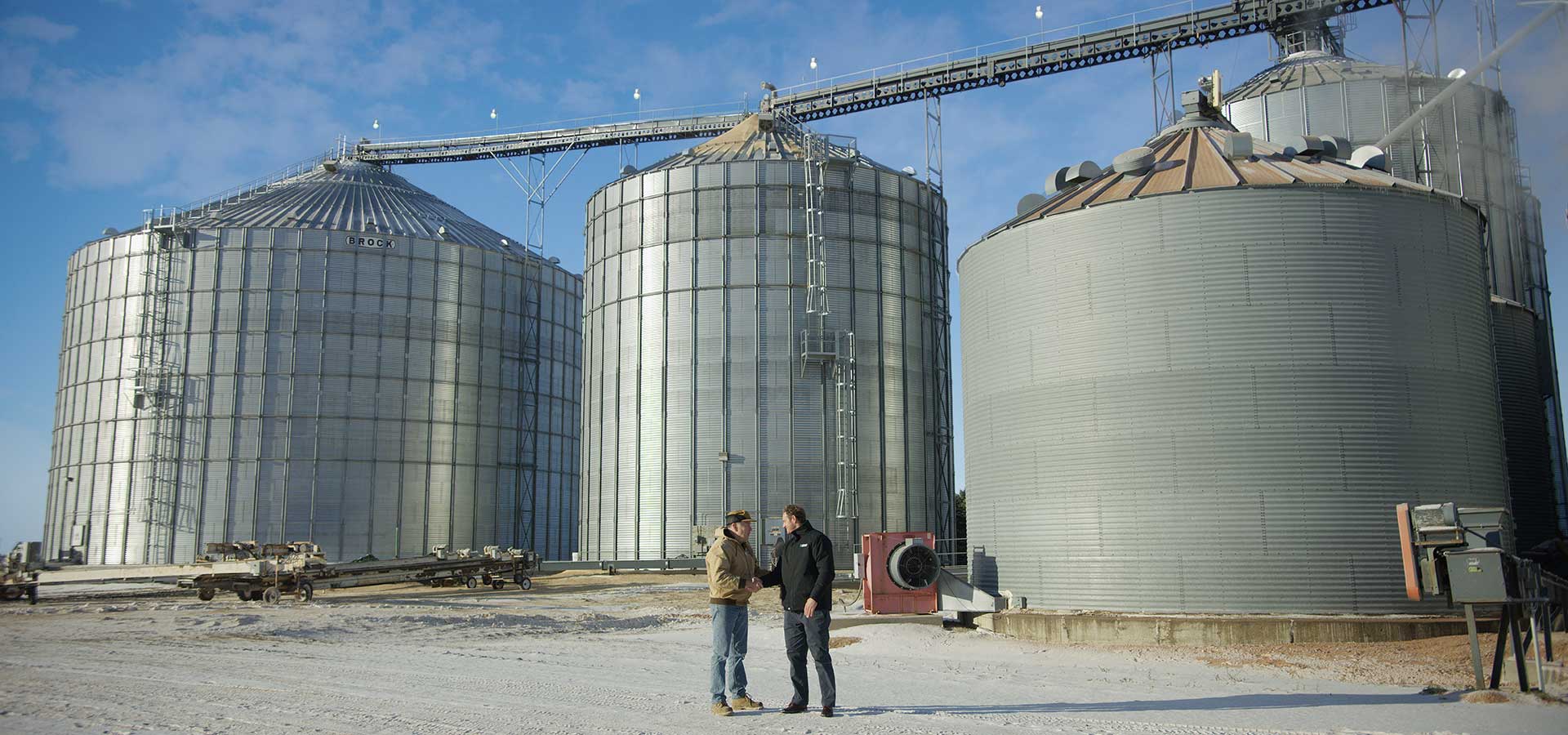
With 2019 behind us, there are many things to consider as some farm owners still work to complete harvest, process year-end financial information, analyze the impact of recent challenges and determine how to best move forward. When considering the financial health of your operation, understanding the importance of working capital and how it impacts your debt structure is key.
Working capital is the difference between current assets and current liabilities. Current assets typically include cash, accounts receivable, crop inventory, value of prepaid inputs, etc., and are turned to cash within one year. Current liabilities can include income taxes and accounts payable, operating principal and accrued interest, and one year’s worth of term-loan payments, which are all paid within one year.
A strong working capital position in times of positive earnings allows an operation to apply cash towards large capital purchases, take advantage of opportunities at their discretion or prepay debt. During times of reduced earnings or shallow losses, working capital enables an operation to meet all annual obligations, cover family living and income taxes and move forward. For many operations, the last several years have taken their toll and current working capital may be reduced to a level that requires determination of options and solutions.
First, it is important to determine how much working capital is needed. Each operation is unique and needs can vary from year to year, but generally financial institutions have a minimum standard that is greater than 15% of average gross income, which is made up of average value of farm production plus net non-farm income, salary and wages. For an operation with average value of farm production of $750,000 and non-farm income of $75,000, the recommended minimum working capital would be $123,750 (15% of $825,000). Working capital needs can be heavily influenced by leverage, amount of crop insurance coverage relative to cash farm expenses, commodity price premiums, inventory financing needs and off-farm income.
Options to improve or replace working capital may include the sale assets or movement of debt down the balance sheet. Moving debt down the balance sheet refers to terming out carryover operating debt and/or lengthening the term of existing intermediate debt. It may also include a consolidation and re-amortization of existing long-term debt. Quite simply, it is important to consider the overall debt structure relative to the available cash flow.
When considering movement of debt down the balance sheet, keep in mind the operation’s ability to provide adequate collateral and service the projected annual payments. Moving debt down the balance sheet which results in payment obligations that are not serviceable is not a good solution.
AgCountry has the ability to work with the Farm Service Agency to maximize the use of existing long-term assets to term out debt at a level that works for your operation. Given the current interest rate market, now is a good time to consider all options at your fingertips to ensure the long-term viability and stability of your operation.



